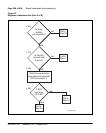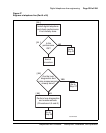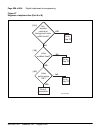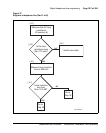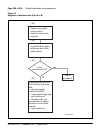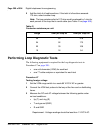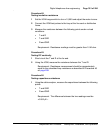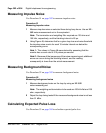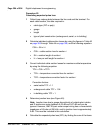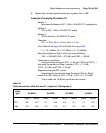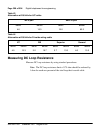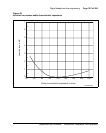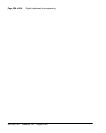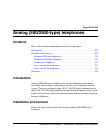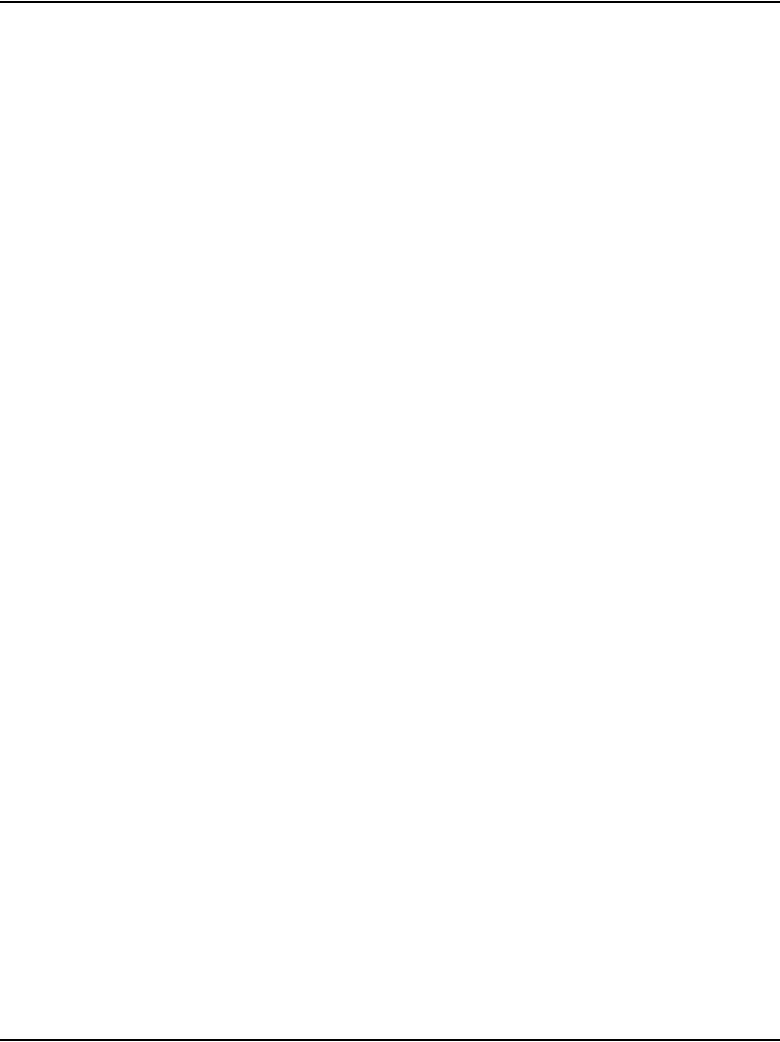
Page 302 of 504 Digital telephones line engineering
553-3001-367 Standard 3.00 August 2005
Measuring Impulse Noise
Use Procedure 51 on page 302 to measure impulse noise.
Procedure 51
Measuring impulse noise
1 Measure impulse noise on selected lines during busy hours. Use an NE–
58B noise measurement set or the equivalent.
Note: The termination and weighting filter required are 135 ohm and
100 kHz, respectively, and the blanking interval is 25 µs.
2 Using Figure 48, determine that for a given loop loss and noise threshold
the impulse noise counts for each 15-minute interval are below the
corresponding curve.
Note 1: The values in Figure 48 were derived by assuming that the
counter has a count rate or 512 pulses per second.
Note 2: Because of the inaccuracy of the noise-measuring set, additional
errors can occur during the blanking interval, and the reading
consequently is lower than the actual measurement.
Measuring Background Noise
Use Procedure 52 on page 302 to measure background noise.
Procedure 52
Measuring background noise
1 Measure background noise on the loop by using an NE-58B
noise-measuring set.
Note: The weighting and termination to be used are 100 kHz flat and 135
ohm, respectively.
2 Reject the loop being tested if the measured background noise is not less
than 51 dBrn.
Calculating Expected Pulse Loss
Use Procedure 53 on page 304 to calculate expected pulse loss.



